
Tag: nocturnal reptiles
-
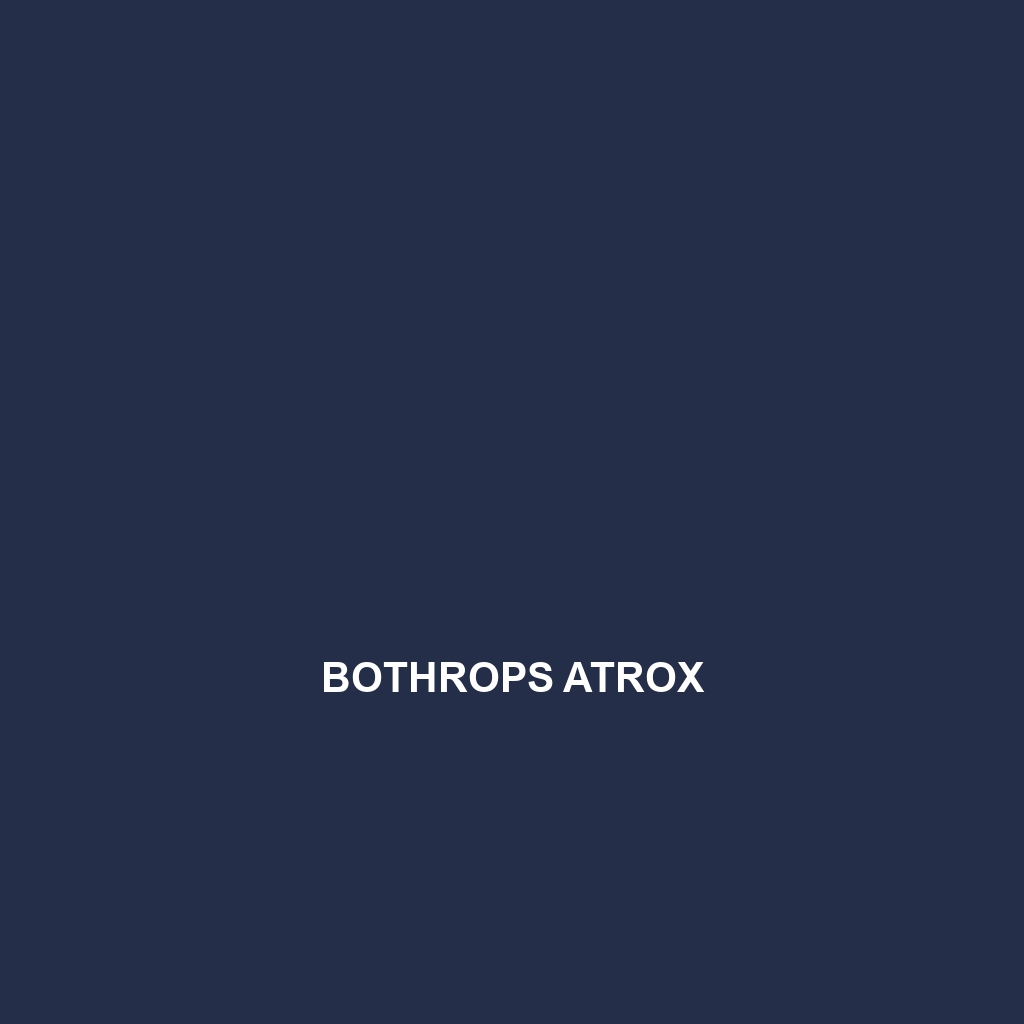
Bothrops atrox
Discover the striking Bothrops atrox, or fer-de-lance, a nocturnal pit viper native to tropical rainforests of Central and South America, recognized for its robust body, distinctive brown and olive coloration, and potent venom. This adaptable predator plays a crucial role in its ecosystem by controlling rodent populations and thrives in various habitats, from lowland forests…
-
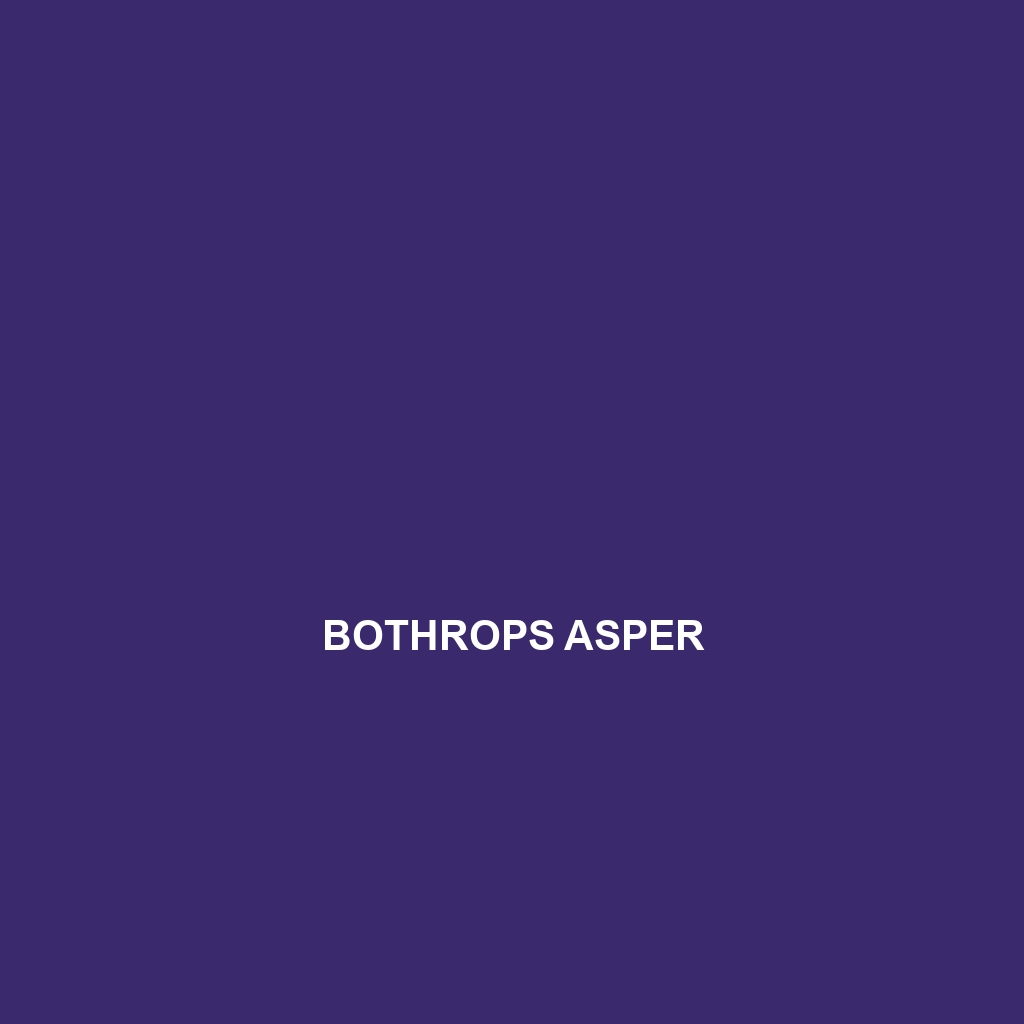
Bothrops ammodytoides
Bothrops ammodytoides, commonly known as the Eastern European viper, is a robust, nocturnal snake found in the mountainous regions of the Balkans, characterized by its distinctive brown or gray coloration with zigzag patterns and a potent hemotoxic venom. This vulnerable species plays a crucial role in its ecosystem by controlling small mammal populations and is…
-
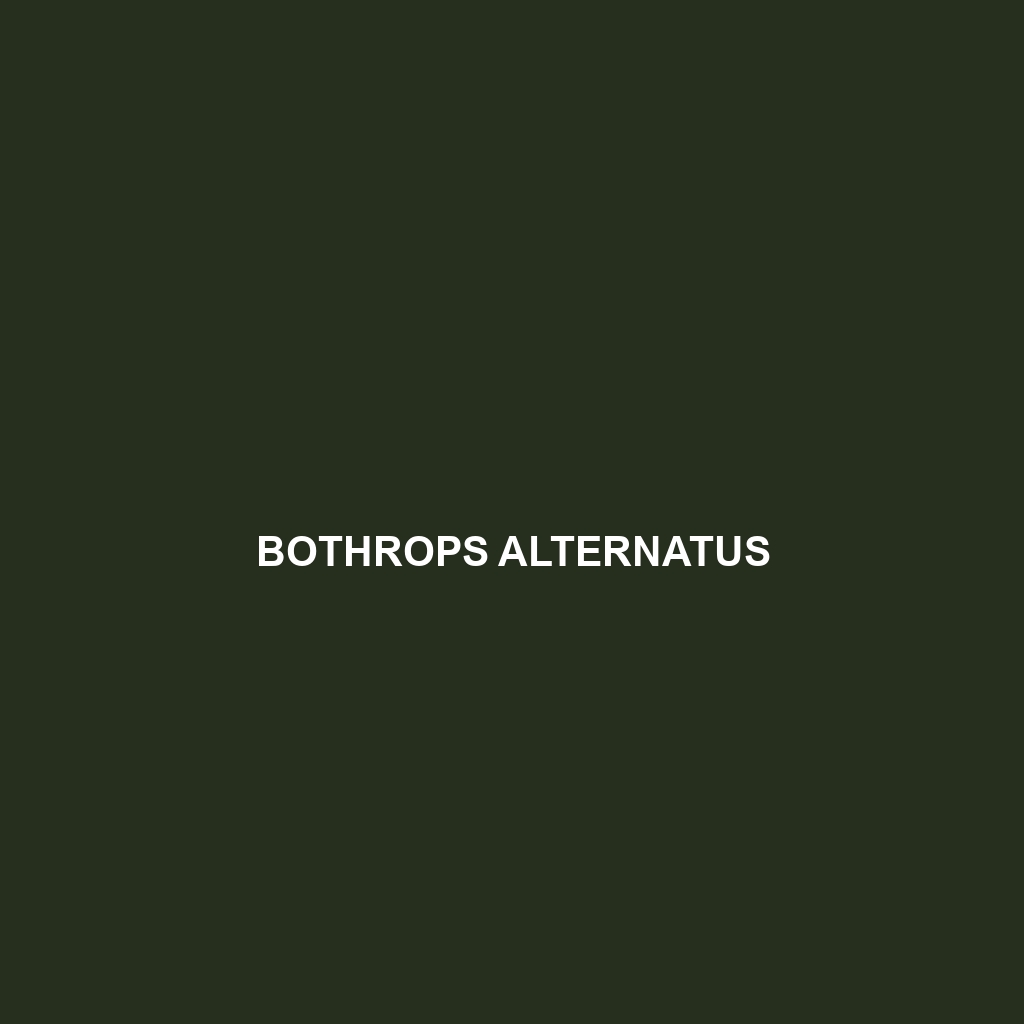
Bothrops alternatus
Discover the Argentine pit viper, Bothrops alternatus, a robust and camouflaged snake found in South America’s tropical regions. This carnivorous species preys on small mammals and birds, using its potent venom to subdue them, and is known for its live births and nocturnal ambush hunting behavior.
-

Bothriechis torvus
Loading…
-
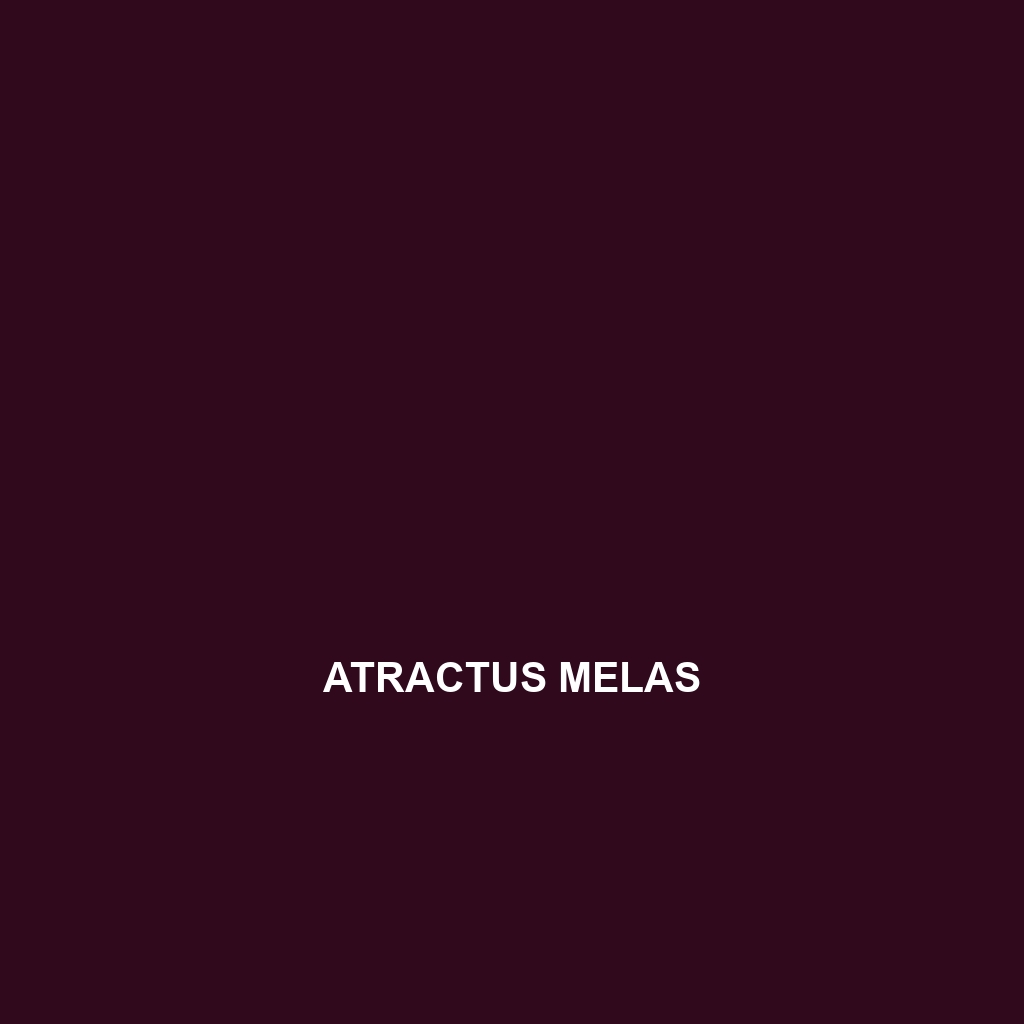
Aspidura desilvai
Loading…
-
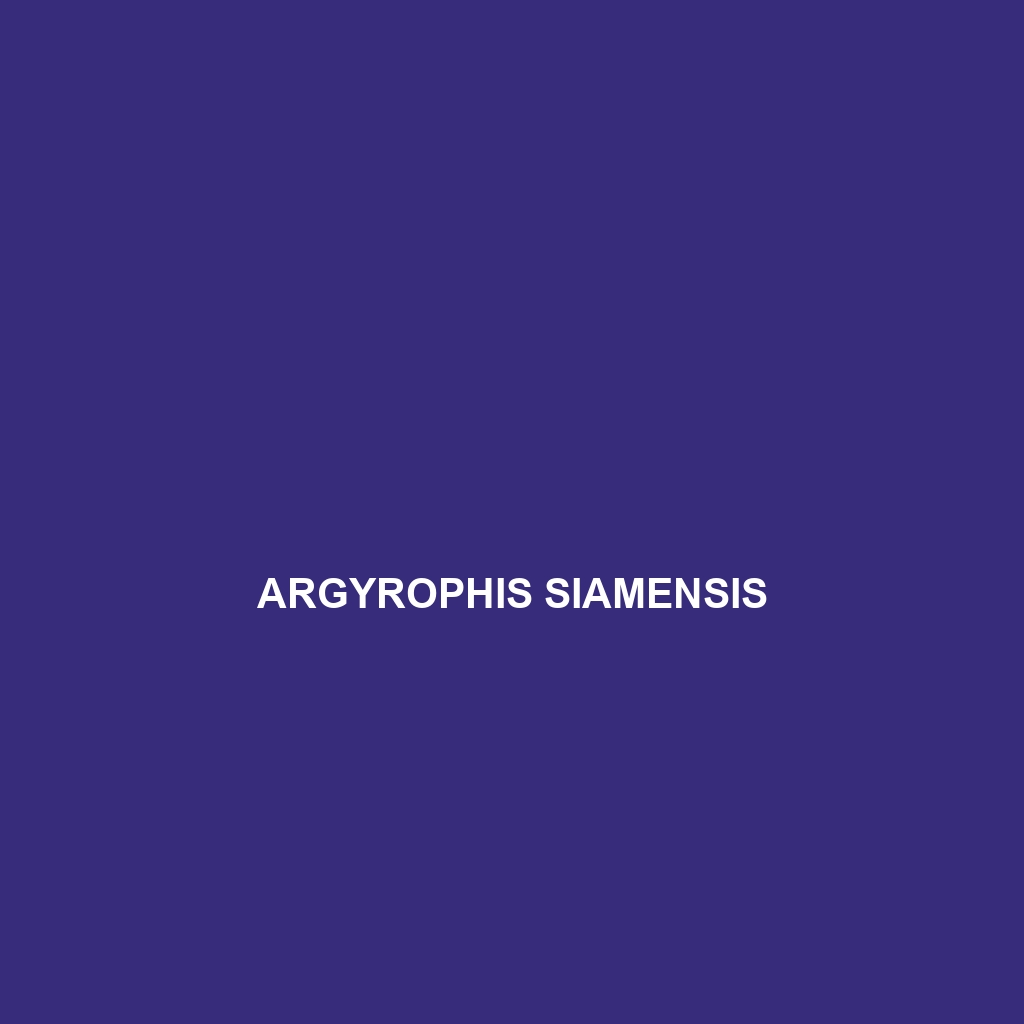
Argyrophis bothriorhynchus
Loading…
-
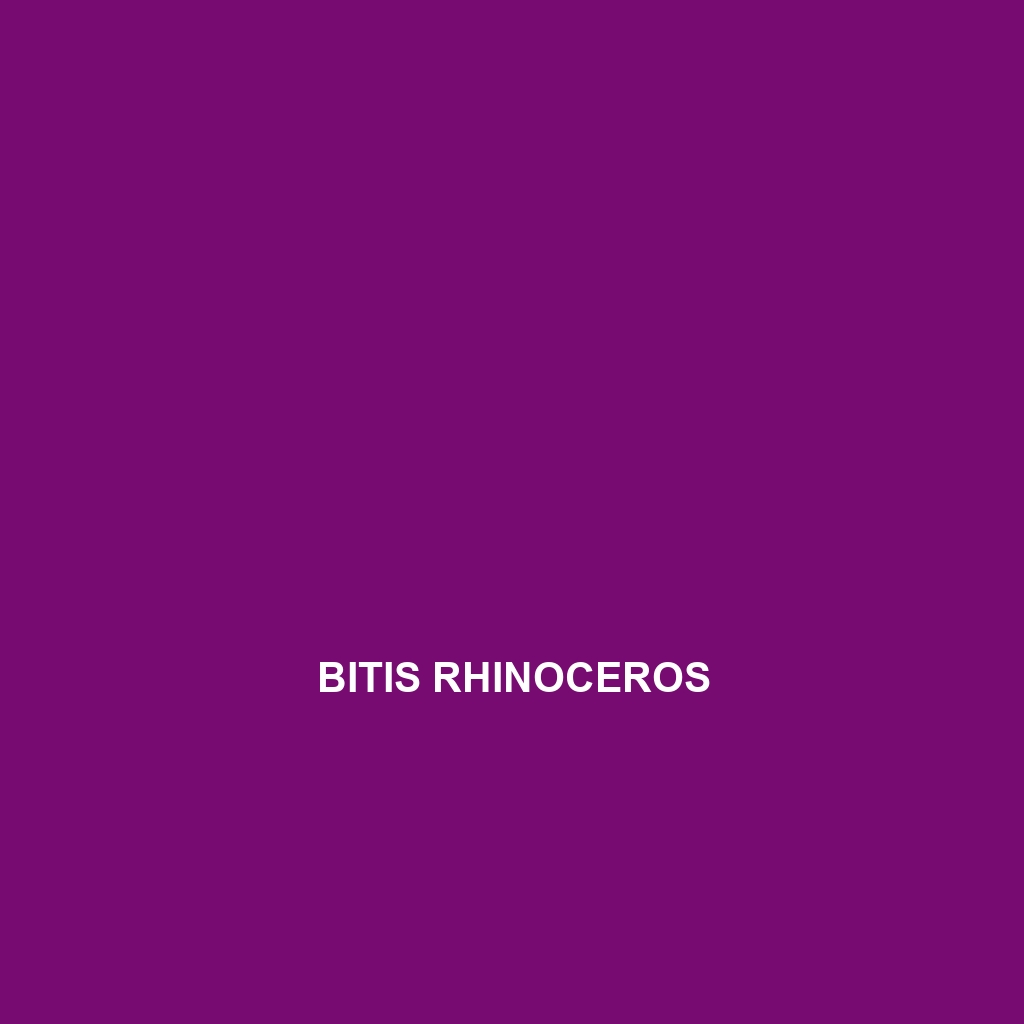
Bitis rhinoceros
Bitis rhinoceros, or rhinoceros viper, is a strikingly beautiful, venomous snake native to the rainforests of Central Africa, known for its vibrant coloration, unique horn-like scales, and ambush hunting behavior. This species plays a vital role in its ecosystem, controlling small vertebrate populations and adapting to both terrestrial and low-branch habitats.
-

Boiga philippina
The Boiga philippina, or Philippine rat snake, is a medium-sized, agile predator known for its striking greenish-yellow or brown coloration and distinct dark bands. Found in various humid habitats across the Philippines, this nocturnal species primarily feeds on small mammals and birds, playing a crucial role in the ecosystem as both a predator and prey.
-

Asaccus platyrhynchus
Asaccus platyrhynchus, or the Persian Leaf-toed Gecko, is a medium-sized gecko with a flattened body and distinctive broad head, thriving in the arid mountainous regions of Iran. Known for its nocturnal behavior and ability to camouflage among rocky outcrops, this vulnerable species plays a crucial role in maintaining insect populations within its ecosystem.
-
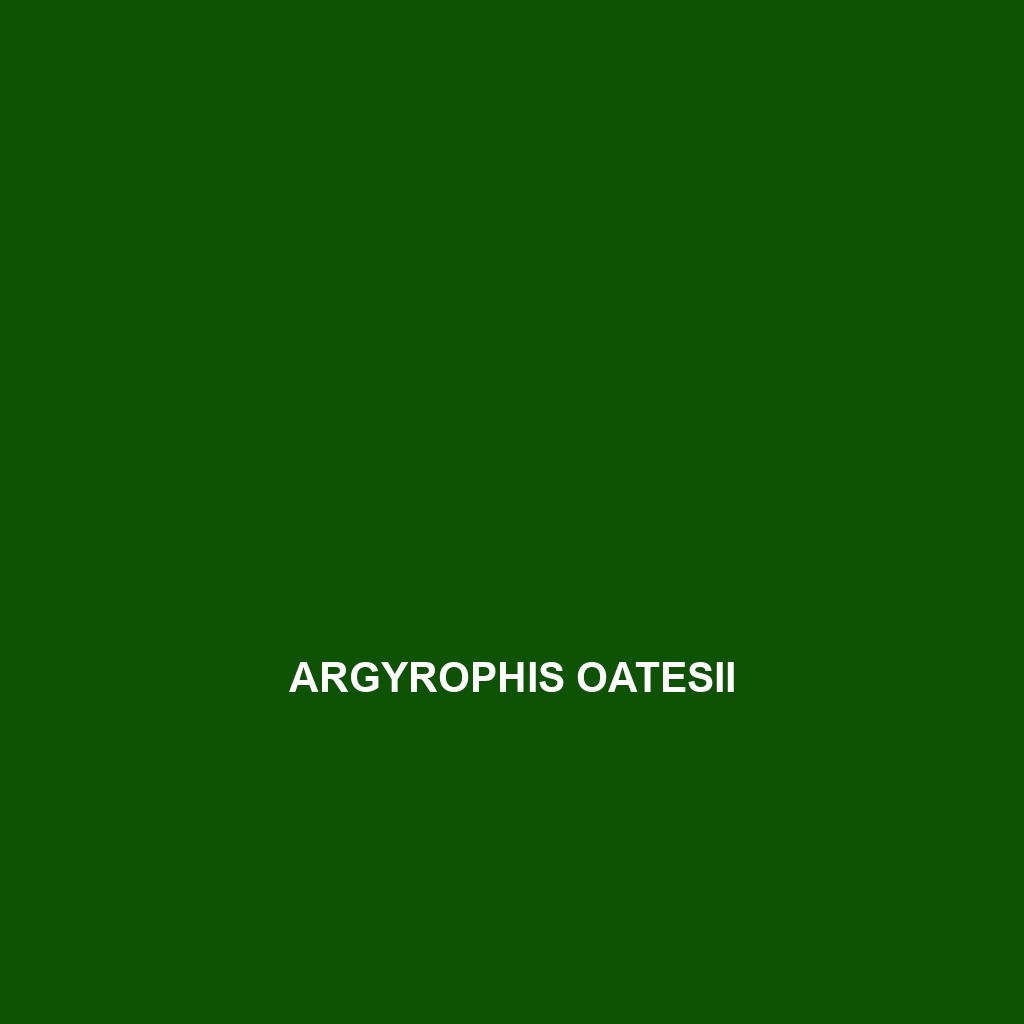
Argyrophis oatesii
Discover the Oates’s Silver Snake (Argyrophis oatesii), a stunning species found in the tropical forests of Southeast Asia, characterized by its silver-gray coloration and black and white banding. This nocturnal snake plays a crucial role in its ecosystem, preying on small mammals and birds while contributing to the balance of its habitat.
Search
Popular Posts
-
Gerrhopilus oligolepis
Discover the Gerrhopilus oligolepis, a nocturnal insectivore native to tropical and subtropical regions, known for its slender body, distinctive dorsal spots, and remarkable camouflage. This species plays a crucial role in its ecosystem by regulating insect populations and serves as an important food source for larger predators.
-
Gerrhopilus mirus
Gerrhopilus mirus, or the remarkable snake, is a small, nocturnal insectivore primarily found in the tropical rainforests of Southeast Asia. With its distinctive brown and yellow coloration, this adaptable species plays a crucial role in controlling insect populations and maintains a vital ecological balance within its habitat.
-
Gerrhopilus mcdowelli
Common Name Gerrhopilus mcdowelli Scientific Name Gerrhopilus mcdowelli Habitat Gerrhopilus mcdowelli is primarily found in the lush, humid environments of tropical rainforests, particularly within the regions of Southeast Asia. These serpentine creatures thrive in dense foliage near streams and rivers, enjoying moist conditions that support their biological needs. Their habitat preference also extends to nearby…
Categories
Archives
Tags
animal adaptations (790) animal behavior (4790) animal reproduction (803) behavior (919) biodiversity (7114) conservation (1670) conservation efforts (1535) conservation status (4944) diet (2099) echolocation (822) ecological balance (1622) ecological role (1495) ecology (791) ecosystem (1468) ecosystem role (2695) ecosystem roles (695) endangered species (2423) environmental conservation (716) habitat (3249) habitat conservation (957) Habitat Destruction (1079) habitat loss (3048) insectivorous reptiles (740) IUCN Red List (1521) lizard reproduction (696) nocturnal animals (2708) nocturnal behavior (2315) nocturnal reptiles (681) physical characteristics (1998) reproduction (2858) reptile conservation (1001) rodent (677) rodent species (1325) seed dispersal (2078) Seed Disperser (962) small mammals (1164) snake diet (723) snake reproduction (773) South America (791) species description (714) tropical forests (938) Vulnerable Species (4534) wildlife (2507) wildlife conservation (4699) wildlife protection (881)



